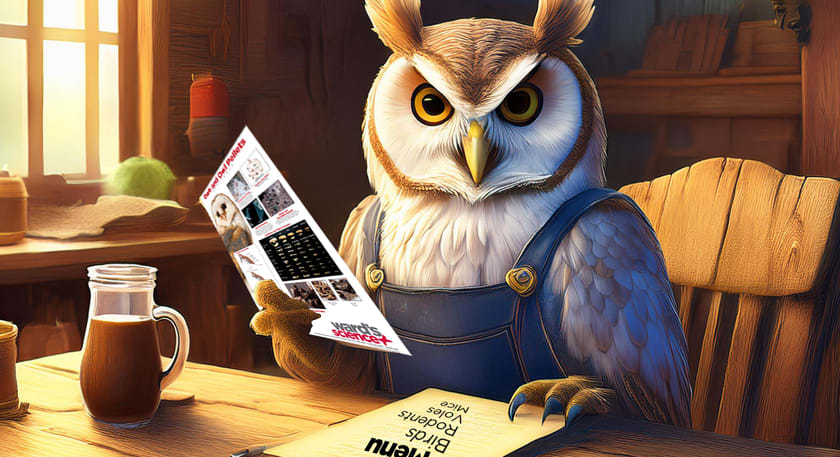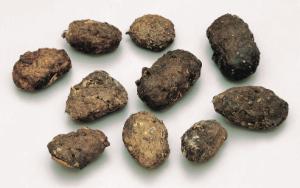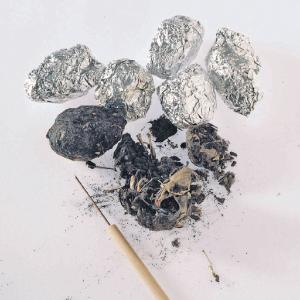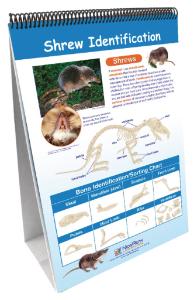Fun Owl Pellet Facts for the Classroom

Elementary & Middle School
Dissecting owl pellets is a hands-on science activity that can help students explore broader biological and ecological concepts. By sharing these fun facts, you can help students connect owl behavior to key scientific principles such as predator-prey relationships, food webs, and adaptations for survival. These insights will deepen their understanding of how owls fit into ecosystems while sparking curiosity about anatomy, digestion, and the role of natural recycling in maintaining ecological balance.
- Nature's Recyclers: Owls swallow their prey whole, then regurgitate indigestible parts like bones and fur as pellets. Dissecting these pellets makes you a nature detective!
- Quiet Hunters: Owls are silent hunters! Their feathers are designed to muffle the sound of their flight, making them nearly silent as they swoop down on prey. Their stealth moves help them catch dinner, which ends up in the pellets you're exploring.
- Owl Digestive Mystery: Did you know that owl pellets are like time capsules? Owls can take up to 10 hours to produce a pellet after eating. Scientists and teachers collect and preserve these pellets so students can dissect them and discover what an owl ate long after it happened!
- Head-Turning Vision: Owls can turn their heads almost all the way around, up to 270 degrees! That’s more than twice a human’s range. Owl eyes are tubular and fixed in their sockets, whereas human eyes are spherical and can move within their sockets. The owl’s total range of motion is 540 degrees, which helps them spot prey in any direction.
- 24/7 Vision: Owls have amazing night vision, which helps them hunt nocturnal creatures in the dark. Their eyes are specially adapted to see in the dark. They can even detect the faint glow of urine trails left by small animals using ultraviolet (UV) light. Nature’s own night-vision goggles!
Use these fun facts to encourage your students to think critically and make connections between what they observe in the classroom and the larger natural world!
Recommended Products
[StartProductBlock]

Ward's® Owl Pellets
Approach the study of raptors and their hunting characteristics from an entirely different aspect with these dehydrated, preserved owl pellets.
[EndProductBlock]
[StartProductBlock]

Ward's® Introduction to Owl Pellets Lab Activity
Regurgitated owl pellets contain the indigestible parts of their prey. By dissecting an owl pellet, students can identify the small animals that are prey for the owls.
[EndProductBlock]
[StartProductBlock]

Owls and Owl Pellet Dissection Resources
Interactive, hands-on, and digital resources about owls, owl pellet dissection, and prey identification.
[EndProductBlock]
